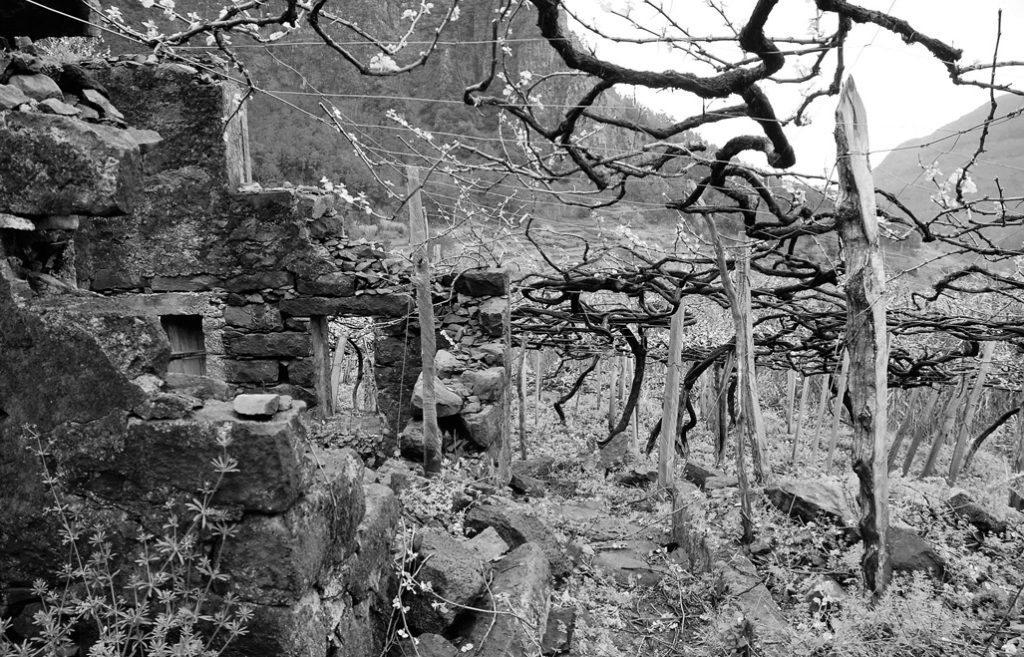WHAT IS MADEIRA WINE?
Madeira is a fortified wine produced on the Portuguese island of Madeira in the Atlantic Ocean. It is renowned for its longevity, complexity, and ability to age for decades—even centuries—without spoiling. Its flavor profile ranges from dry to sweet, often with notes of caramel, nuts, dried fruit, and citrus, along with a distinctive oxidative character that gives it a unique depth.
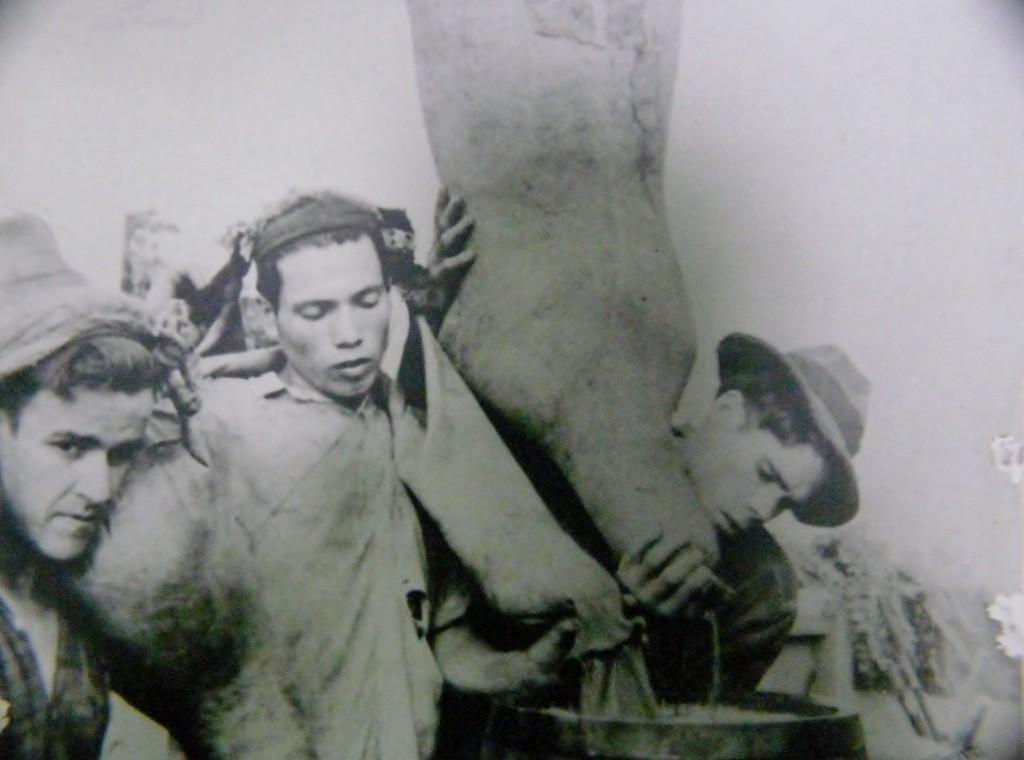
HOW IS MADEIRA WINE MADE?
Madeira can be made from several grape varieties, including:
Sercial – dry, crisp, high acidity
Verdelho – medium dry, richer body
Bual (or Boal) – medium sweet, nutty and rich
Malmsey (Malvasia) – sweet, full-bodied
Terrantez – rare, highly prized for its aromatic complexity and elegance
Fermentation and Fortification
Grapes are pressed, and fermentation begins.
Fortification occurs by adding grape spirit (brandy) to stop fermentation at the desired sugar level:
Early fortification → sweeter wine
Later fortification → drier wine
Estufagem (Heating) / Canteiro (Traditional Aging)
This is the signature process that sets Madeira apart:
Estufagem: Wine is heated in large tanks (up to 50–55°C) for several months to mimic the historic voyages that exposed Madeira to heat and motion.
Canteiro method: For premium wines, barrels are aged slowly in warm lofts or attics for years or decades. The heat and oxygen interaction oxidizes and concentrates the flavors, creating the characteristic caramelized, nutty, and tangy profile.
Aging and Oxidation
Madeira is remarkably stable because of its fortification and oxidative aging. Once bottled, it can last for decades—even centuries—without spoilage, which is unusual for wine. section to get your website visitors to know you. Consider writing about you or your organization, the products or services you offer, or why you exist. Keep a consistent communication style.
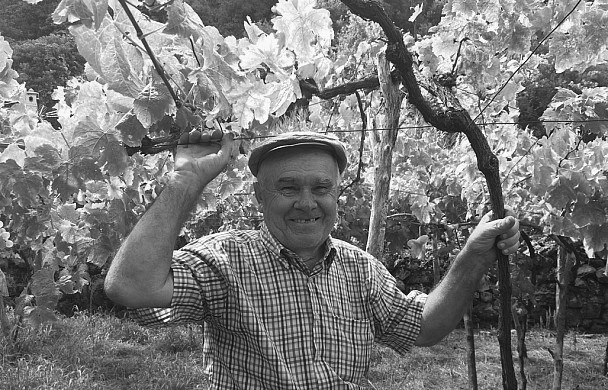
WHY IS MADEIRA PRIZED BY ITS COLLECTORS?
Longevity: Unlike most wines, Madeira can survive for centuries. Collectors often prize vintages from the 19th or even 18th centuries.
Historical Significance: Madeira was highly popular in colonial America and Europe, making old bottles historically and culturally valuable.
Complexity and Craftsmanship: The meticulous aging process develops layers of flavors (caramel, nuts, spice, dried fruit, and citrus) unlike any other wine.
Rarity of Certain Grape Varieties:
Terrantez is especially prized because:
It is extremely rare, with very limited plantings on the island.
Wines from Terrantez show extraordinary elegance, floral aromas, and balanced acidity, even after decades of aging.
Older Terrantez Madeiras are highly collectible and fetch premium prices due to both rarity and finesse.
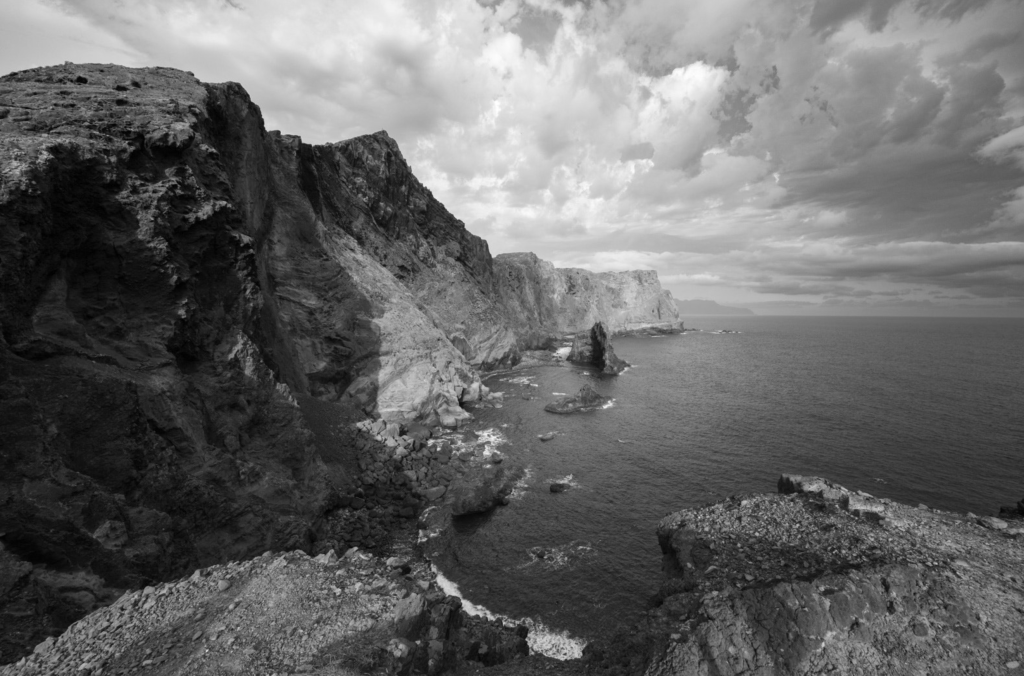
Madeira wine is a fortified, oxidatively aged wine from the Portuguese island of Madeira, prized for its unmatched longevity, complex flavors, and historical significance. The Terrantez grape is especially coveted for collectors because of its rarity and aromatic elegance, producing wines that are not only delicious but can also improve and endure for centuries.
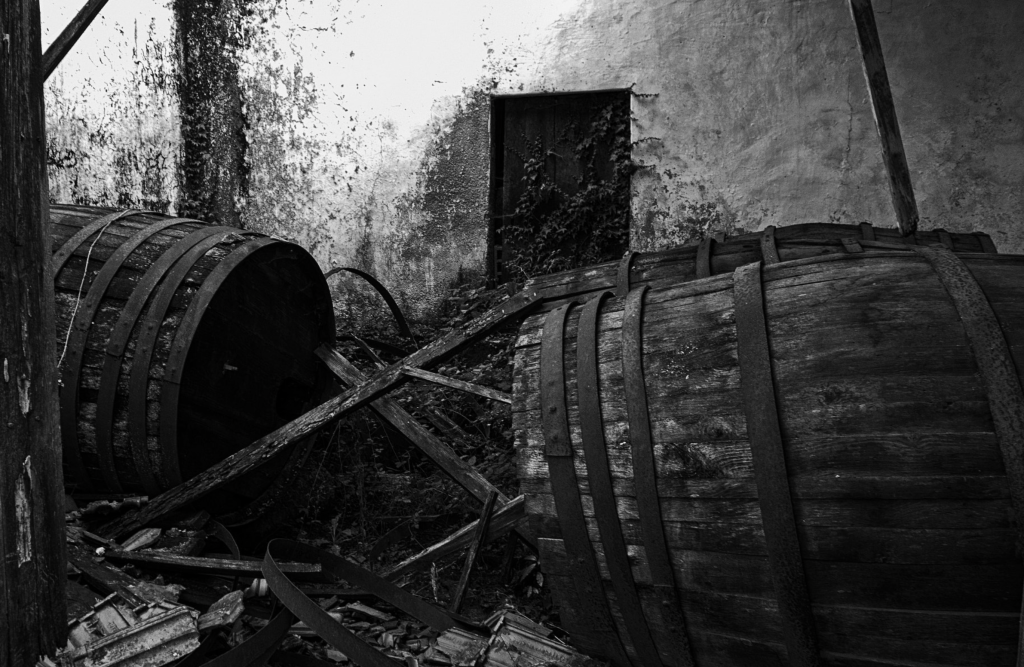
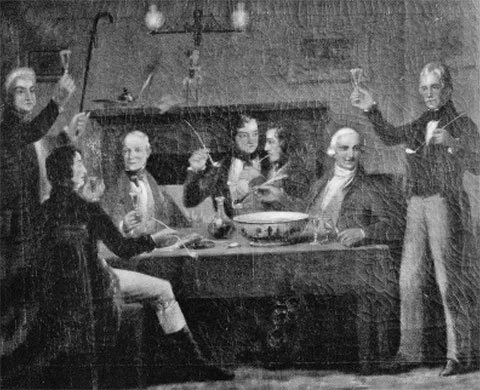
Madeira wine has a special place in American history — it was hugely popular in the 18th century, especially among the colonies, because it could survive long ocean voyages without spoiling. Due to trade restrictions, Madeira was one of the few wines legally imported to the American colonies, and it became the celebratory drink of choice for the Founding Fathers. In fact, Madeira was used to toast the signing of the Declaration of Independence in 1776, and it was also favored at other key moments in early U.S. history, symbolizing both luxury and patriotism.

The story of the Duke of Clarence—George Plantagenet, brother of Kings Edward IV and Richard III—drowning in a barrel of Madeira wine is one of England’s most famous historical legends. In 1478, after being convicted of treason against his brother Edward IV, Clarence was executed in the Tower of London. According to chroniclers like Raphael Holinshed and later dramatized by Shakespeare, he chose to die by being drowned in a butt (large cask) of Malvasia, a sweet variety of Madeira wine popular among the English nobility. While historians debate whether this account is literal or symbolic, the tale endures as a vivid example of both the Duke’s reputed indulgence and Madeira’s prominence at the English court.
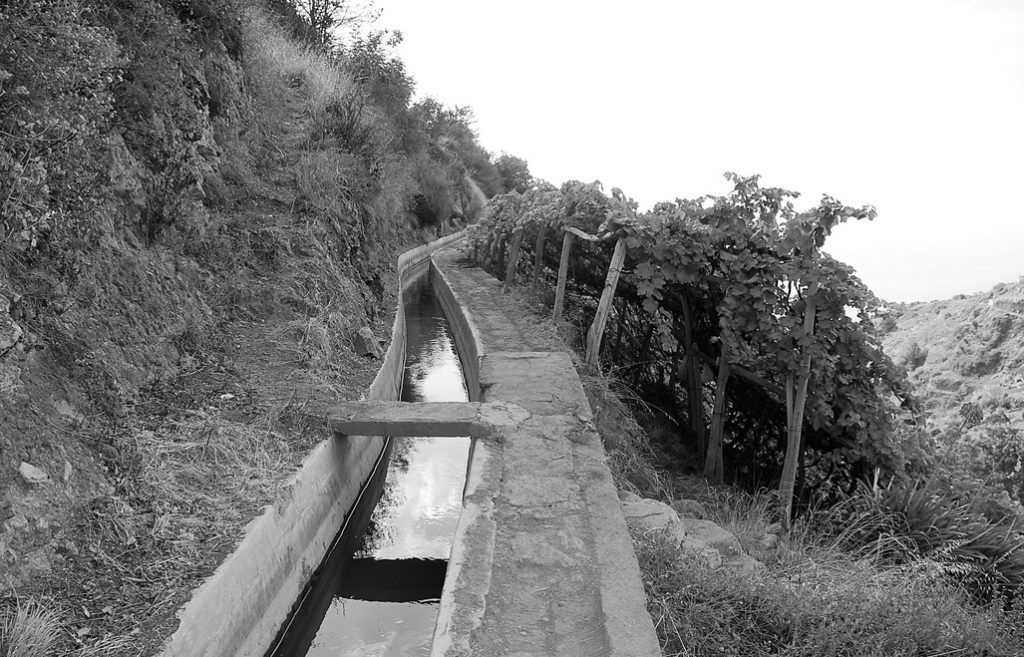
Levadas on Madeira are man-made irrigation channels that carry water from the island’s rainy northern mountains to the drier southern slopes, where most vineyards are located. They provide a steady water supply that prevents drought stress, supports healthy vine growth, and improves grape quality. By moderating local temperatures, reducing erosion on steep volcanic slopes, and creating more stable microclimates, levadas make it possible to cultivate grapes in otherwise harsh conditions. This centuries-old system remains vital to Madeira’s distinctive and sustainable wine production.
